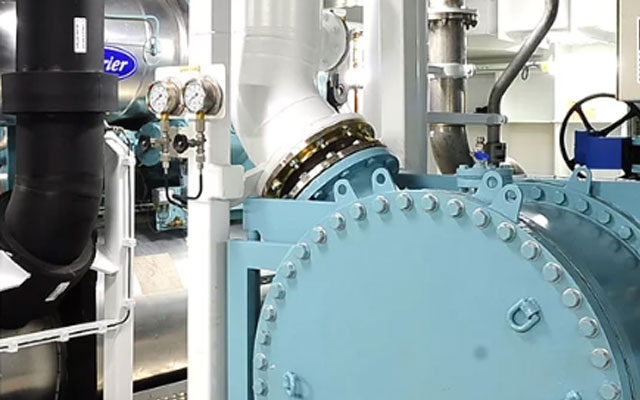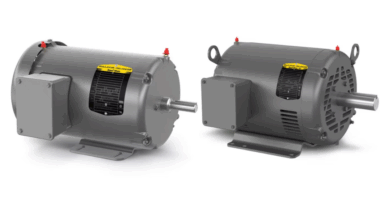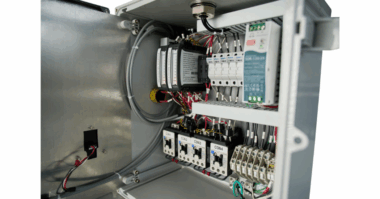Authors: Mike Lassas, Vice President – Administration, and Rob Coffee, Vice President, Sales & Marketing, Proco Products Inc.
HVAC systems are crucial to regulating the indoor temperatures of residential, industrial, and commercial structures. These sometimes highly complex HVAC systems not only control internal temperatures, but are also responsible for the quality of air that gets circulated by the process of replacing or exchanging the air in a particular space.
Heating, cooling and ventilation systems must have expansion joints designed into the system for three important reasons:
- Expansion joints accommodate thermal growth. Thermal growth happens when pipes expand or contract, and the compensation offered by expansion joints helps to prevent stress from being transferred to the pump operating in the HVAC system. When a pump or other piece of rotating equipment becomes stressed as a result of thermal growth, there is risk of bearing problems and mechanical seal failure. Expansion joints essentially help to increase the life of the pumping equipment operating in your HVAC system.
- Expansion joints reduce vibration. Anytime you have a pump operating in a system, you are going to have vibration. It is just a fact of life. Designing expansion joints into your HVAC system will greatly reduce the vibration if you properly select the expansion joints with the most optimal composition and design. Neoprene or EPDM materials are most ideal for reducing vibration in a HVAC system.
- Expansion joints minimize noise. Nobody wants to sit in a noisy office with air vents rattling overhead! When you reduce vibration, you reduce noise. Noise reduction is especially important for larger operations, with more complex systems.
Expansion joints must be designed into your system. If you want to know more about spherical type and flexible metal hose type expansion joints for chillers and hot water lines, visit us at the AHR Expo in Las Vegas on January 30th through February 1st. Come to Booth C5715 and ask as many questions as you’d like!
Read Considerations When Shopping for Expansion Joints or post your HVAC Question in our Industry Forum.




